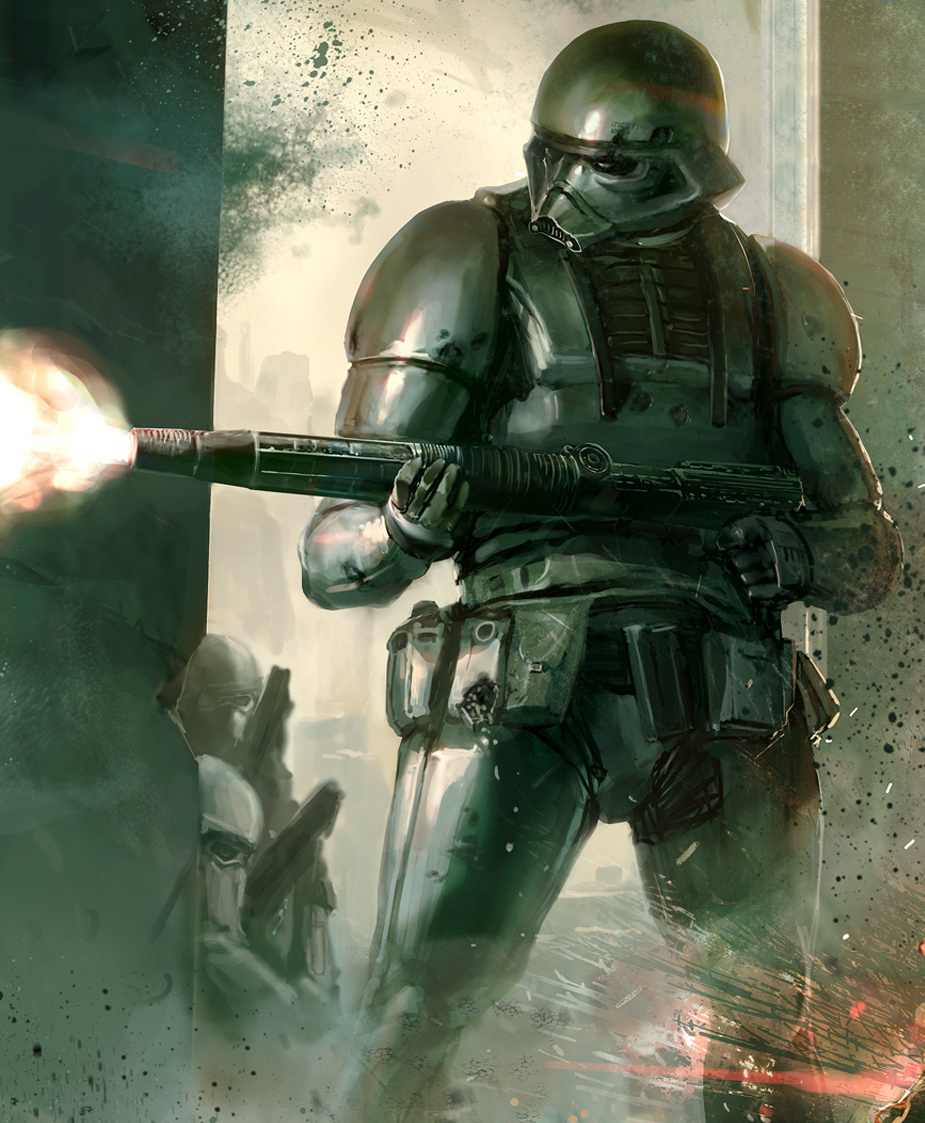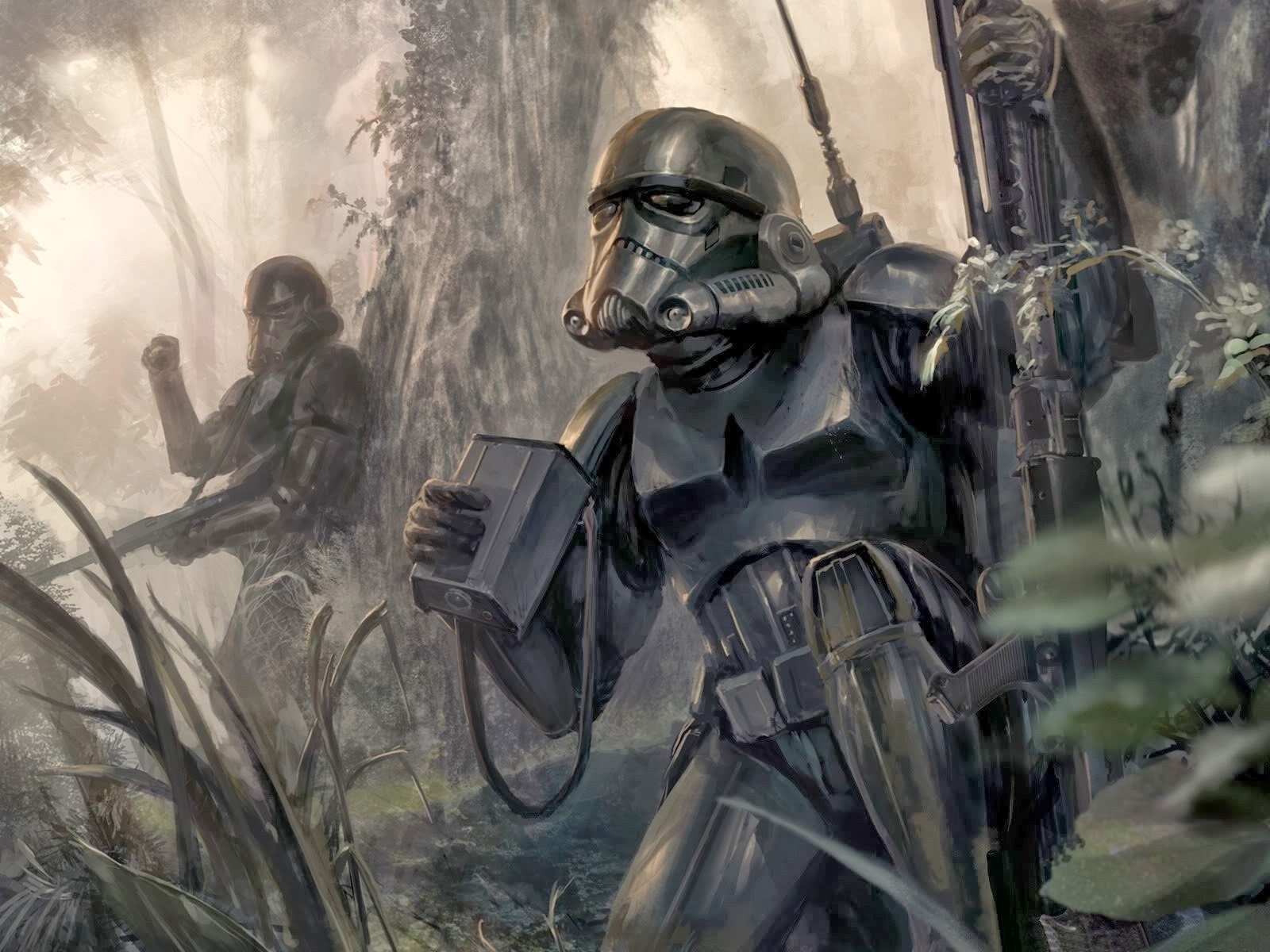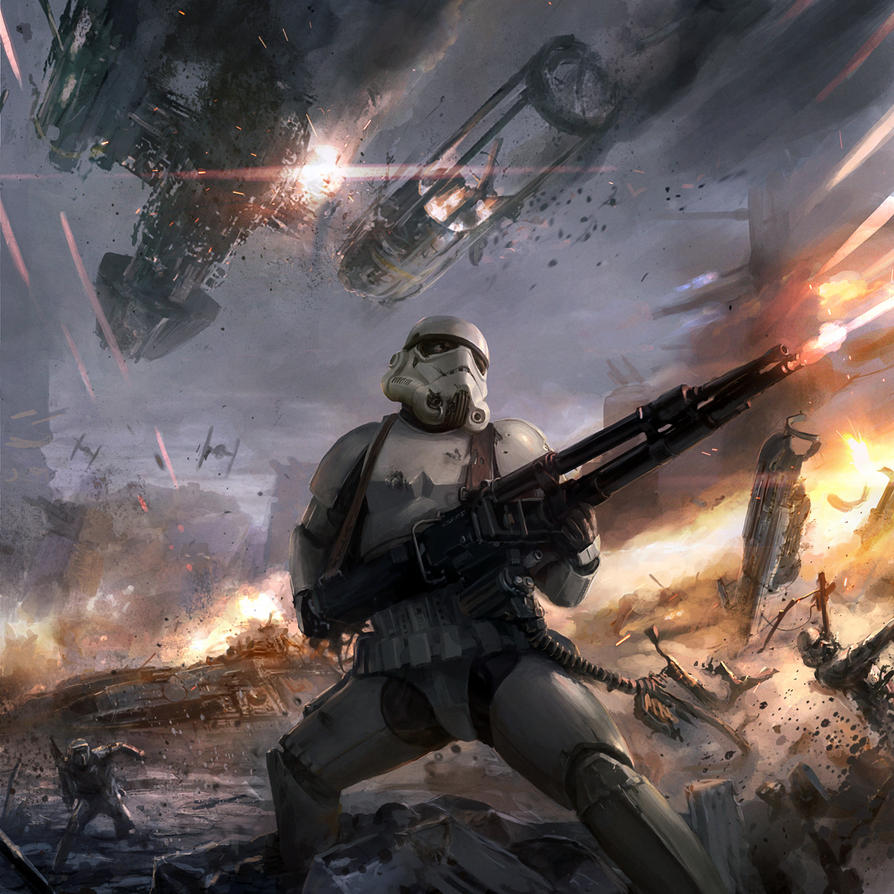- Joined
- Mar 14, 2011
- Messages
- 4,131

Will you be the one to reclaim this crumbling Galaxy?
Ever since a week I had to go AWOL for personal reasons, I had a difficult time getting back into the flow of things. I decided that in order to revitalize my game, I needed something new. So here it is. A redux to Reclamation — Now with 50% more edginess.
DISCLAIMER: This universe will be based on a lot of things in Star Wars. Like the first Reclamation, it is something if an althist — I’ll explain further later.
Boring rule stuff that you should definitely read all of:[IT IS DIFFERENT FROM THE FIRST GAME DON’T BE LAZY]
Spoiler :
Character and Faction Creation (essentially the application)
I put this way up here for ease of access. While the first game was focused on parties of individuals, this game will focus on a faction — much more in line with more mainstream games. But there is a twist. You will need leaders for your faction. This will all be explained below.
Faction Name: Obviously, the name of your faction as known by the rest of the galaxy. More or less. Your faction can be a “remnant” faction of any of the other collapsed “galactic” factions, which are still the same as the first Reclamation aside from the fact they essentially don’t exist as powerful forces in the galaxy.
Starting Planets: These are the planets that your Faction start out with influence on. Use the Galactic Map and select 3, you probably want them in close proximity. You cannot start in Core Worlds or the Unknown Regions for reasons™. Multiple factions can start on the same planets. I encourage this as it will drive more player interaction, so take note at where people are starting.
Faction Leaders: Like implied, these are the people who lead your faction. They are your faction’s generals, admirals, and administrators. You can start with up to 5 Faction Leaders. Look below for creating Faction Leaders.
Character creation is a bit more involved than fill-in-the-blank. You'll have to build your characters stats. You have 25 points to spend. You don't need to increase any stat if that suits you, but be aware of the risks you take for maximizing your advantages; leaders can die and someone who is not immediately irreplaceable because of their proficiency is a liability as well as a strength.
- Name: The character’s name. Star Wars doesn’t really have much of a naming convention for most things, so I’ll give you all (basically) free reign. However, your character(s) cannot be a major character from the Star Wars movies or otherwise big players within the factions, such as Admiral Thrawn.
- Titles: Essentially the job the character is supposed to complete. A character will only contribute to the titles they hold. So an Admiral won’t contribute to science unless they also hold a title for research. As implied, you can have characters take multiple assignments, but they hit efficiency penalties for being in more than one assignment that compounds as they’re given more duties.
- Stats
- Tactics: Describes how a character fares in commanding battles, on land and in space. Higher Tactics lends itself to more battles being won with less resources.
- Stratagem: Describes how well a character can run a military as a whole. Higher Stratagem entails better gains in military-related activities outside of combat as well as possible advisory on courses of action.
- Intrigue: Describes how well a character can lead and commit themselves to espionage missions. Higher intrigue lends itself to better odds of espionage missions succeeding and better payouts on success.
- Management: Describes how a character can run an organization. Higher Management lends itself to more gains in domestic resource yields.
- Science: Describes the technological vision of this character. Higher Science entails more research.
- Scavenging: Describes how well a character can navigate junk fields for things that work. Higher Scavenging increases scavenger mission yields, and also getting ruined facilities back into working order.
- Charisma: Describes how good this character is at speaking. Higher charisma helps entails a better diplomatic stance for both players and NPFs.
- Background: A character's background affects stats that you won’t be deciding, such as Force Sensitivity and Loyalty. This is a fairly story-driven game, so this is required.
The year is 1 AGC, which corresponds to 4 ABY. A year ago, the galactic governments collapsed. The Galaxy as you know it is no more. In its stead is a hostile soup of war and turmoil.
Only remnants remain of the old orders. Small time TIE squadron captains declare themselves Grand Moffs. Republic Generals claim to be peacekeeping by holding sectors on lockdown. New upstarts have tried and failed at unification. Enter you, the leader of your own faction in this fractured and fragile galaxy. Your course is for you to decide. Will you attempt to reclaim this Galaxy for your cause, or perhaps you feel the Galaxy deserves being torn asunder?
The setting in this game is essentially a timeskip of the worst case scenario of the first iteration. Constant and extremely chaotic war has torn the galaxy apart, collapsing not only galactic governments but many planetary governments as well. Many factions now fight for power across the galaxy, including your own.
Your goal is what you make of it. Will you try to discover the details of the galaxy’s demise? Or maybe your wish is to simply save it? Or... perhaps you revel in the turmoil?
Your Faction and You
Your faction is what you make of it. A remnant of the Republic, seeking to reunify the Galaxy in the name of altruism? Or a band of opportunists just itching to take advantage of this shattered Galaxy?
Whatever you are, you have options. Your faction starts of relatively well-off, with outposts in up to 3 planets. You likely have a ship or two, and maybe a small band of warriors that want nothing more to do but your bidding. You will find you have incomes in credits, as well as various resources, such as Durasteel and Energy. So what’s this all mean? Let’s take a look.
Resources
as briefly mentioned, there are several resources in this game that you’ll need for whatever you want to do, whether it be expand your empire or wreck any attempts at civilization.
The most iconic of these are Credits, still the Galactic standard for currency. You get them by expanding your influence. You’ll be paying your men with the stuff. You’ll be trading with the stuff. Money is the best negotiator. This won’t be an economics simulator. Pretty simple.
Durasteel will be the first true resource we talk about. In the Star Wars Universe, Durasteel is very popular for building structures, tools, and ships. It doesn't take a huge logical leap to figure how you’re going to be using it.
Energy is also straightforward. While you don’t need to actually fuel mooks (beyond paying them), you do need to actually fuel your ships, so yeah. Additionally, if you want your facilities to have power, you’re going to need it for that too. Energy will only very rarely be scavenged as most of the fuel from wreckages are either burnt out, leaked, or decayed.
Special Resources are the last, and least straightforward, resources. These resources are found exclusively by scavenging. They can be used for many things — from research to arming your men. Unlike other resources, this is not a single numerical value. An example would be the easiest way to explain it. Say your scavenging party goes out and finds mysterious suits of plastoid armor. You can use these suits to increase the effectiveness of your current humanoid military units, or send them to research for a chance to unlocking production of these suits or something. You may think it isn’t worth utilizing things before you find out more about them, but you’d be surprised how a combat boon out of nowhere could really help a war effort. As this all implies, special resources are largely on a case-by-case basis. Though they aren’t necessarily rare by default — some special resources are rarer than others, and things that may be useful early on may really be garbage later.
Resource Gathering
As I’ve implied a couple times, scavenging is fairly important. To scavenge, it’s important to have a number of units and a leader who has a decently high scavenging skill. To paint a clear picture, more units sent on a scavenging mission can increase gains linearly, but having a leader that's good at scavenging can increase gains exponentially. Let that be an example for how important leaders are. Scavenging is the biggest way to gain resources early on, but not the only way. From the get-go, you can establish more permanent means to gather resources, such as constructing fabrication plants and energy-gathering facilities. However, the annual passive gains will pale in comparison to what you can get by scavenging until you have the resources to create efficient production systems.
Influence
Influence is a tracked number for each planet you have influence on. Influence essentially boils down to how much of a planet’s resources, including population and the like, at your beck and call. On your 3 planets, you will start with 20% influence on one planet (your “capital”
 and 10% on the other to. To simplify things, all planets have a max credit capacity of 1000 in the beginning of the game with a few (secret) exceptions.
and 10% on the other to. To simplify things, all planets have a max credit capacity of 1000 in the beginning of the game with a few (secret) exceptions. There are different ways to expand influence. You could have your military conquer more land, which is quicker, or try to get people to join you peacefully, which frees up your men to do other things such as scavenge. There’s also other means found through technological progression.
Research
Research does things you would expect, such as improved units and new structures. Research will be tracked by a number, and each turn it will increase. This increase is determined by several things such as allocation of credits, your characters working in the field, and particular special resources you happen to find.
Research works on a “Tier” system. Each Tier has 3 categories: Land, Space, and Industry, which we will call milestones. The milestones of each Tier all have a fixed research cost. The first Tier’s milestones will all cost 100 research. The next Tier’s will be 150. The next, 225 and so on. When the first milestone of a Tier is complete, your research will reset to 0. When you hit 100 again, you there will be a chance that you uncover the secrets of the other milestones that increases as research piles up. Discovering milestones in this way only consumes research by a small amount - about 10% of the cost.
Which milestone you hit is semi-random. You can select one category to focus on. For the first milestone of a Tier, you are guaranteed to research that tier. After that, keeping that same category focused decreases the odds of discovering milestones in the other categories, meaning you will research that category somewhat faster than others. You cannot change focus once declared except for certain circumstances, such as achieving a milestone. Furthermore, if you find a special resource and decide to commit it to research, it will provide a research bonus. This bonus is doubled if you change your focus to a category relevant to the resource, which is another circumstance where changing focus is allowed. As an example, finding and researching plastoid armor would double the flat bonus if your focus is changed/currently on Land. This is in addition to any other benefit that comes with researching the special resource.
Discovering a specific milestone first in the galaxy will confer a secret, one-time special bonus, such as a unique unit or structure you can only create once, or something else of that nature. Furthermore, completing a Tier will confer a secret bonus that will be revealed once the first person does so. This bonus, however, will go to all who complete the Tier at any point in time.
Military
This wouldn’t be hosted on IOT if you couldn’t mindlessly kill each other. In this game you will have individual units - squads of troops, single AT-ST’s, etc. However, you will have a lot less to work with as a symptom of the galactic collapse, so “army” composition will matter in this game more than other games with certain units performing certain jobs on the fields of battle — each one of these jobs being important. I also expect ground battles to dominate early game. While scavenging the derelict Star Destroyer seems appealing, it is much less dangerous and much easier to scavenge the crashed Corvette. That said, there will be many who want to scavenge that Corvette, so you better be armed. A Leader who’s good at scavenging may not be good at leading troops, so either have one who’s good at both or send your rat a bodyguard.
To get more specific, There will be several classes of Units. On the land, you’ll have Infantry, Light Vehicles, Heavy Vehicles, Artillery, and Super Vehicles. In Space, You’ll have Fighters, Bombers, Frigates, Destroyers, and Super Destroyers. On both you could have “special” units that don’t fit the mesh of the classes if you meet very specific conditions that are secret. Each class will likely have a lot of diversity for each faction. Before, I mentioned that each unit will perform a role, but class does not limit this. Infantry can be turned into heavy juggernauts that make up the most firepower utilizing powerful armor and weapons while vehicles are used for more support roles. Or the opposite,you could have all the vehicles carry the armaments while infantry is just there to make sure the enemy has something else to shoot at.
But you’ll be worrying about all that later. To start out, you will only have access to Infantry, Light Vehicles, and Fighters. The other classes will be unlocked with technology usually. However, like anything in this game, there are exceptions.
More relevant to now, however, combat roles and stats. The only relevant combat stat is “Combat Value, or COMVAL. This is how much they contribute to their respective role. Some units have roles you can assign while others will only fit one, in either case, you should know what these roles are and what they do in general. Units in an Assault role are directly related to how much damage they deal to enemies. Units in the Support role are directly related to unit survivability. Units in the Fire Support role lower or mitigate incoming damage. Units in the Siege role are directly related to capturing and/or destroying structures
Roleplay
The bread and butter of all games, roleplay. I like a good story, so I definitely encourage you to write them. If I begin to care about your character, I can be sure to make the updates and mission assignments more interesting for them. I’d prefer this game to be less “you give me an action and I tell you the result” and more a collaborative effort for an interesting game and story.
Also, for any of you wondering, you will benefit from roleplay in the first game that went unutilized if you plan on using the same characters.





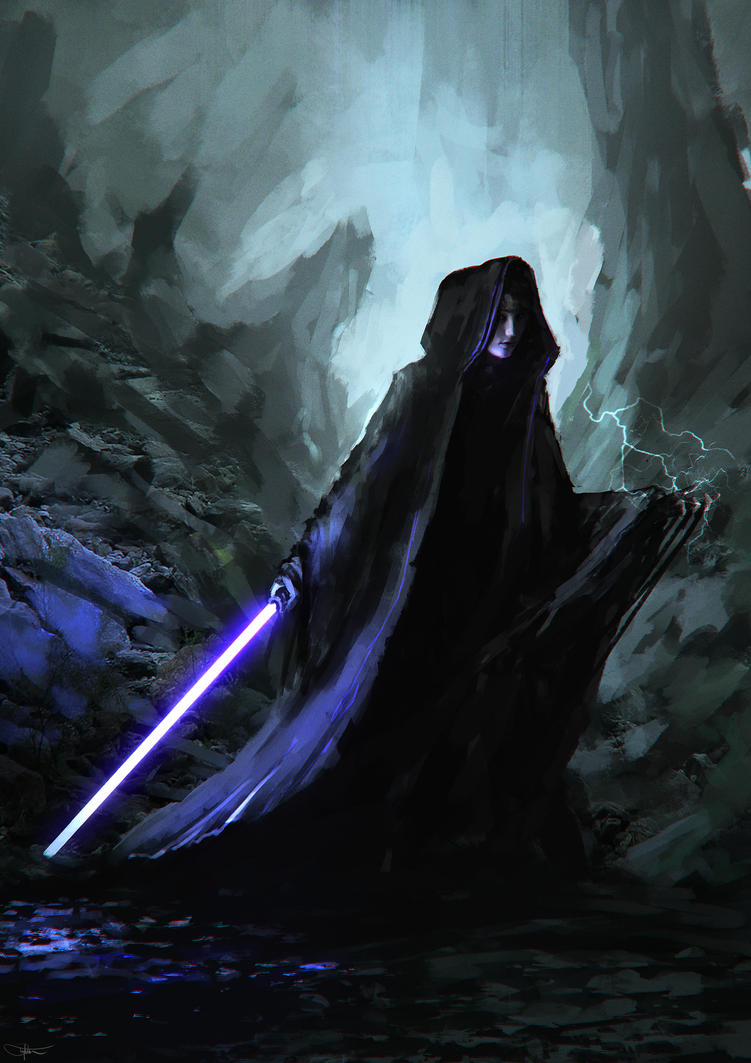
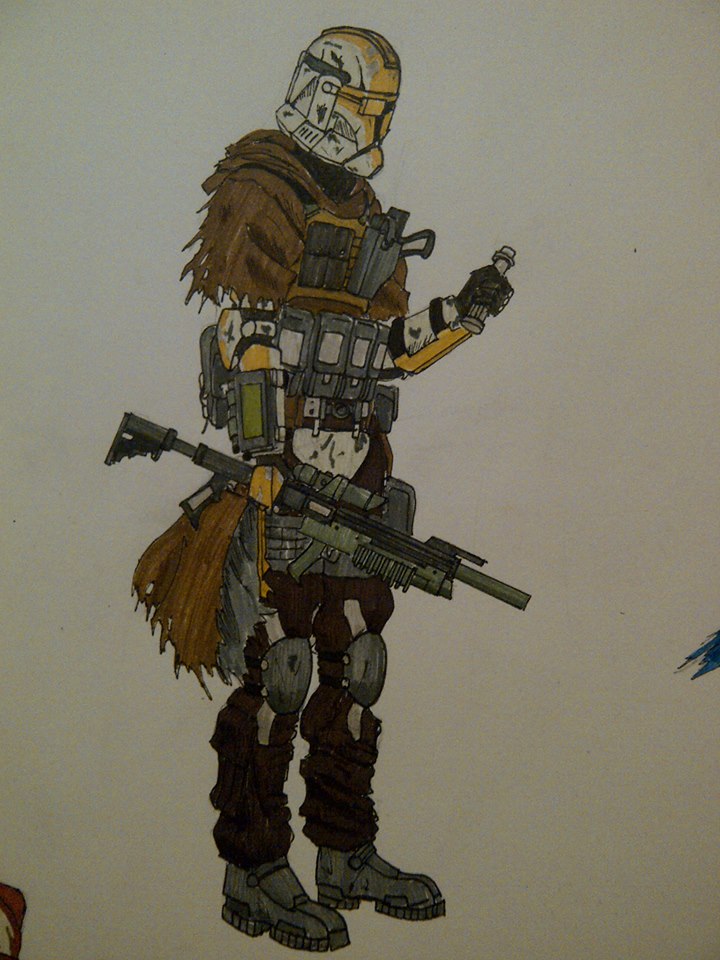
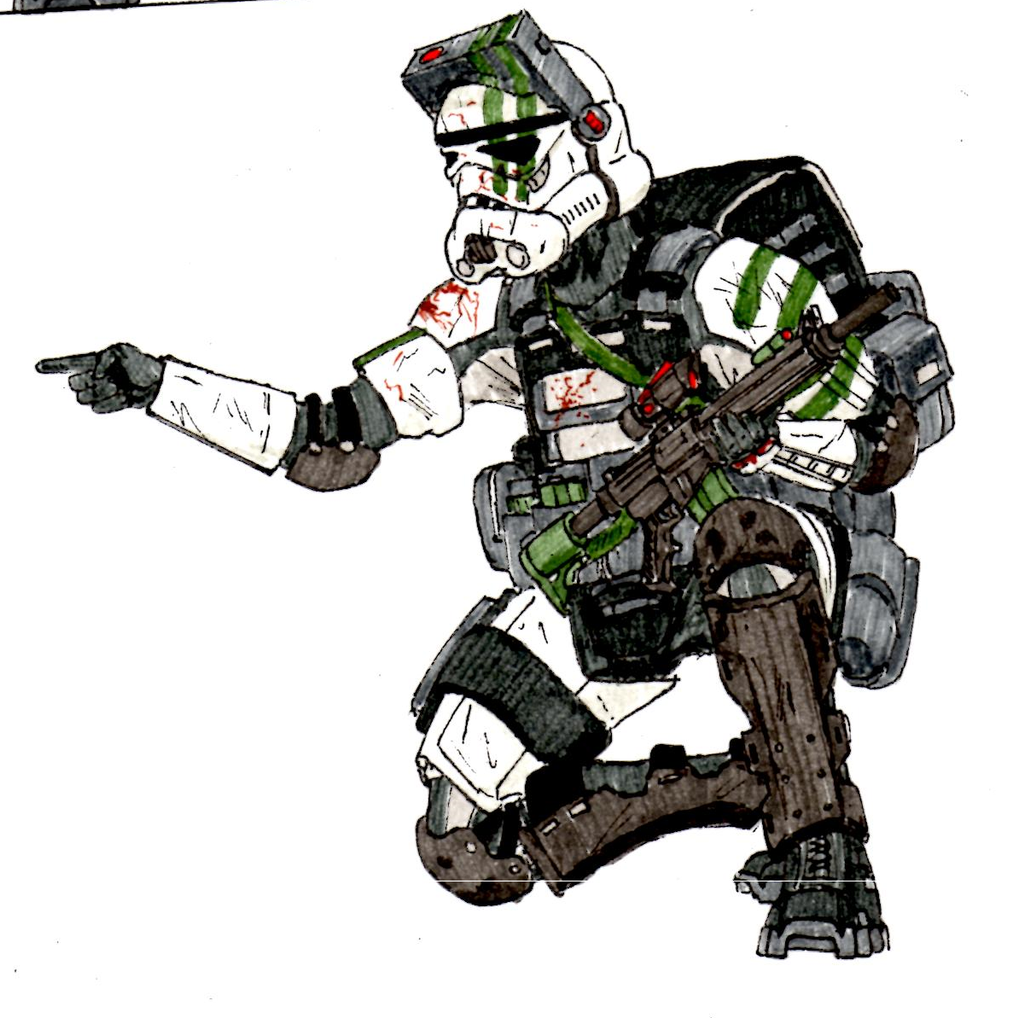




:origin()/pre12/1aed/th/pre/i/2015/110/f/a/taler_galaar_by_mandoknight84-d6j581e.jpg)




